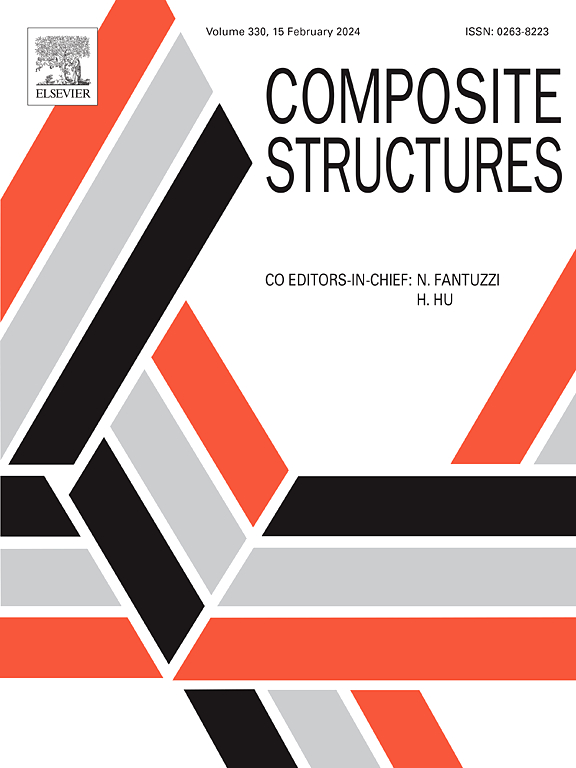基于微机械模型的寒区隧道环境下纳米改性混凝土的多尺度损伤演变
IF 7.1
2区 材料科学
Q1 MATERIALS SCIENCE, COMPOSITES
引用次数: 0
摘要
在寒冷地区的隧道施工环境中,混凝土的性能往往会因持续低温而下降。纳米材料作为高效的外加剂,可以显著改善混凝土的孔隙结构。鉴于孔隙结构特征对寒冷地区混凝土性能的重要影响,本研究利用微机械模型研究了纳米材料改性对混凝土的影响。纳米改性混凝土的原位 CT 测试提供了孔隙结构的数字体积图像。利用区域生长算法(RGA)和数字体积相关性(DVC)方法揭示了孔隙结构的演变。基于预熔融动力学理论和微观力学模型,分析了孔隙水相变过程中的微观损伤。采用疲劳损伤机理和广义自洽模型研究了宏观性能。结果表明,虽然纳米材料不能明显抑制混凝土中小孔/缺陷的形成,但能有效阻止孔隙之间的相互连接。这种抑制作用会减少较大孔隙的形成。然而,这些大孔隙周围的混凝土基体较薄,会导致更严重的损坏。本文章由计算机程序翻译,如有差异,请以英文原文为准。
The multi-scale damage evolution of nano-modified concrete under the cold region tunnel environment based on micromechanical model
In cold region tunnel construction environments, concrete performance often deteriorates due to consistently low temperatures. Nanomaterials, as efficient admixtures, can significantly improve the pore structure of concrete. Given the significant impact of pore structure characteristics on concrete performance in cold regions, this study investigates the effects of nanomaterial modification on concrete using a micromechanical model. In-situ CT tests on nano-modified concrete provided digital volume images of the pore structure. The region-growing algorithm (RGA) and digital volume correlation (DVC) method were used to reveal pore structure evolution. The microscopic damage during the phase transition of pore water was analyzed based on the pre-melting dynamic theory and the micromechanical model. The fatigue damage mechanism and generalized self-consistent model were employed to study the macroscopic performance. The results indicate that while nanomaterials do not significantly inhibit the formation of small pores/defects in concrete, they can effectively prevent the interconnection between pores. This suppression leads to fewer larger pores forming. However, the thinner matrix concrete around these large pores results in more severe damage.
求助全文
通过发布文献求助,成功后即可免费获取论文全文。
去求助
来源期刊

Composite Structures
工程技术-材料科学:复合
CiteScore
12.00
自引率
12.70%
发文量
1246
审稿时长
78 days
期刊介绍:
The past few decades have seen outstanding advances in the use of composite materials in structural applications. There can be little doubt that, within engineering circles, composites have revolutionised traditional design concepts and made possible an unparalleled range of new and exciting possibilities as viable materials for construction. Composite Structures, an International Journal, disseminates knowledge between users, manufacturers, designers and researchers involved in structures or structural components manufactured using composite materials.
The journal publishes papers which contribute to knowledge in the use of composite materials in engineering structures. Papers deal with design, research and development studies, experimental investigations, theoretical analysis and fabrication techniques relevant to the application of composites in load-bearing components for assemblies, ranging from individual components such as plates and shells to complete composite structures.
 求助内容:
求助内容: 应助结果提醒方式:
应助结果提醒方式:


